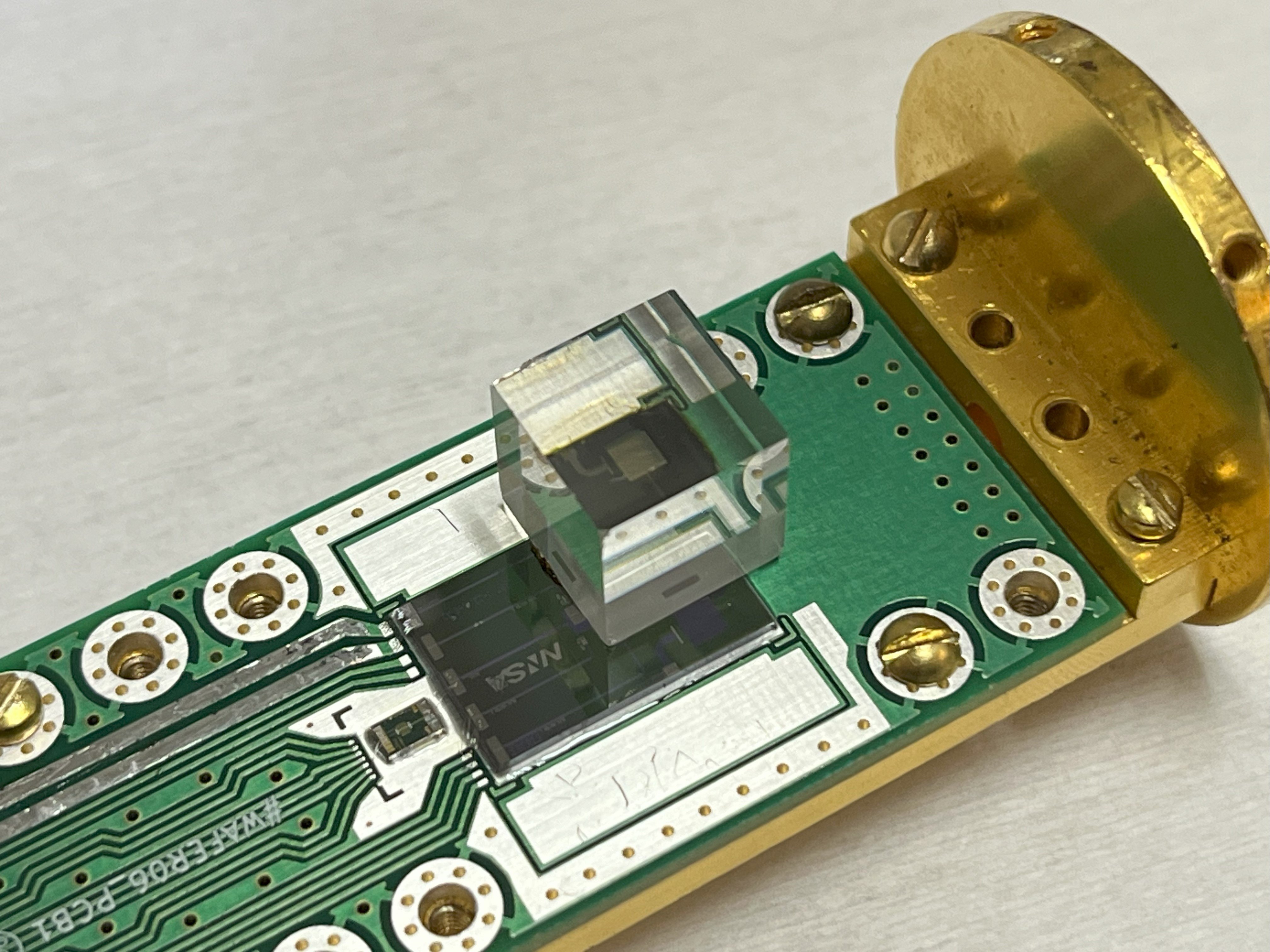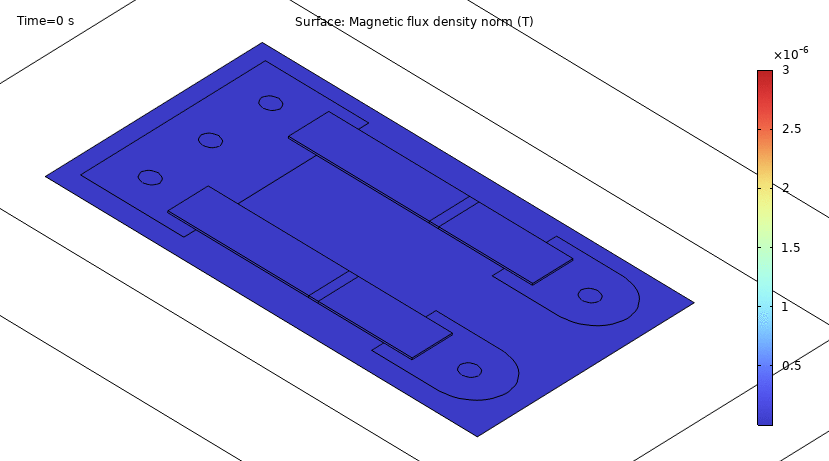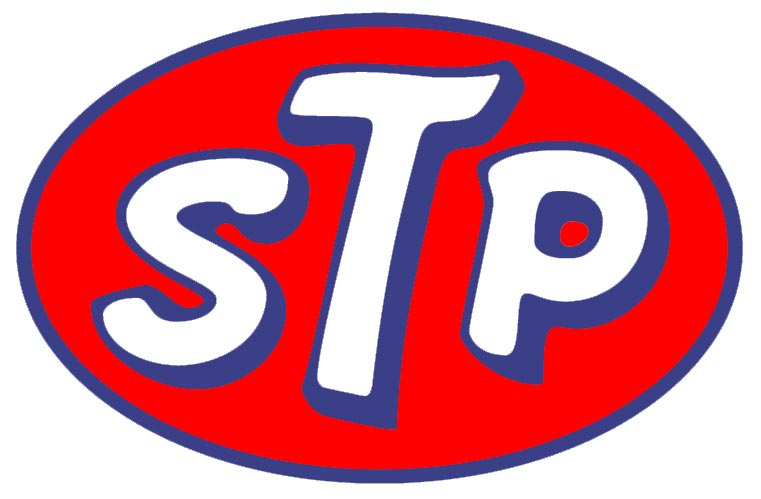Magnetic Microcalorimeter ("MMC") 32-pixel gamma-ray detector. The central chip with gold features has the gamma absorbers. The actual MMC sensors are underneath the gold features you can see. The 4 chips around the perimeter of the absorbers provide 16 channels of first-stage readout SQUIDs. This superconducting microdevice was designed by our group, and fabricated in collaboration with Robin Cantor and the team at STAR Cryoelectronics of Santa Fe, NM. This assembly is about 1 inch square.

Some current work, in collaboration with the group of Geon-Bo Kim at the Lawrence Livermore National Laboratory: developing MMC using crystal absorbers.

Some current work: Detailed optimization of Superconducting Quantum Interference Devices ("SQUIDs"). This animation shows current flow in a simulation of a simple ground plane SQUID (without input coil) using a distributed model. This simulation is 1 nanosecond long. Current bias is applied in the first 100 ps, then a flux offset of 0.5*phi0 is established between 100 ps and 200 ps. We see that the Josephson oscillations settle down very quickly after an initial transient surge.
Current work: Assessing design approaches for a new high-performance aluminum-nitride heat-sink to keep the 60K end of commercial Hi-Tc current leads as cool as possible. Using commercial Hi-Tc leads allows use of less-expensive high-current superconducting magnets for "Continuous Adiabatic Demagnetization Refrigeration" (CADR, "magnetic refrigeration"). Use of such magnets may help to speed commercial development of CADR.
 Lorenzo Marez Visiting Undergraduate NM Tech |
 Manimuthu Periyasamy Visiting post-Doctoral Researcher |
 Luke Emmert UNM Research Faculty |
Steve Boyd PI |





| Contact |  |